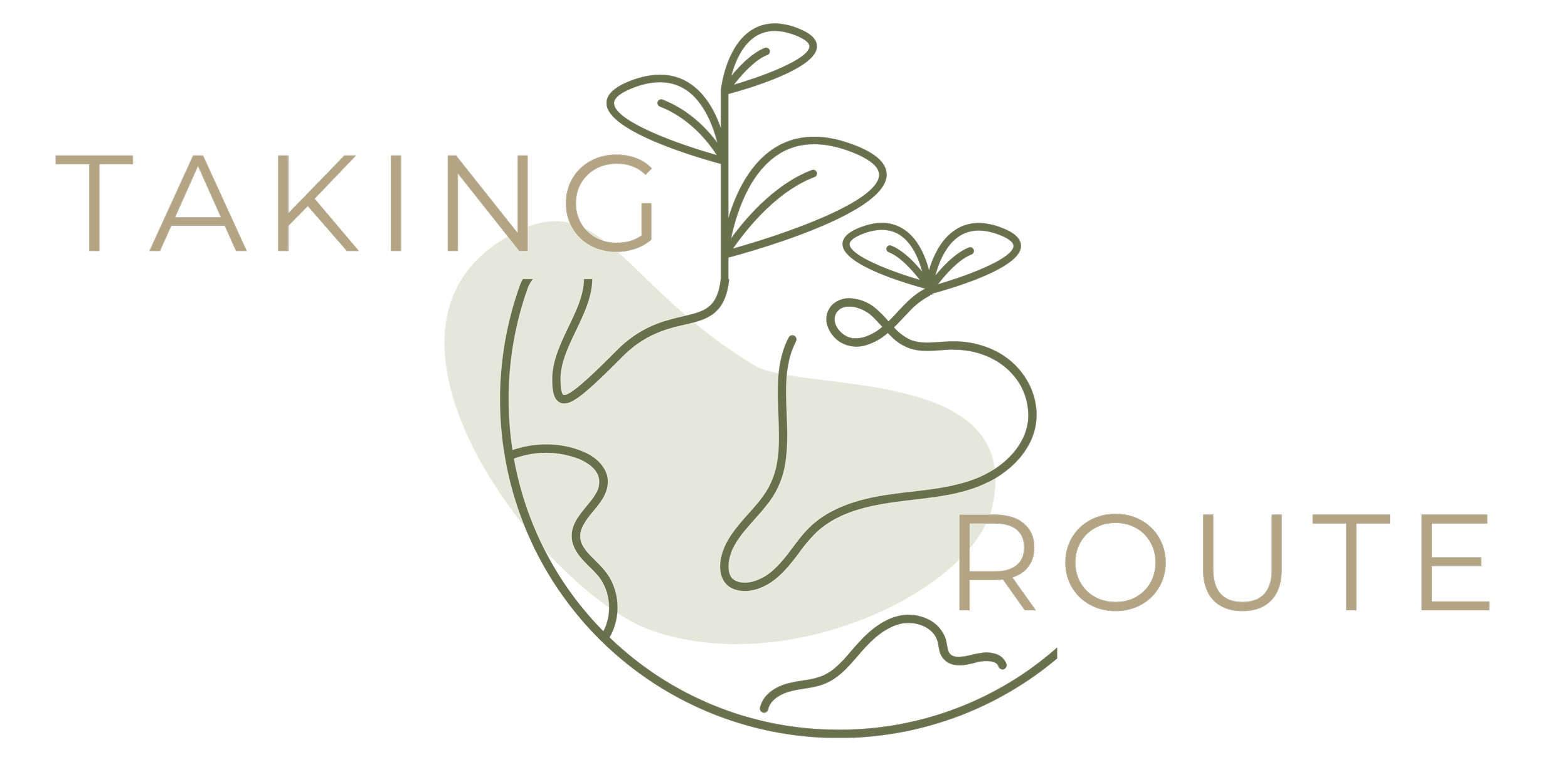The Global Cultural Practice of “Colorism”
“How confusing it was to grow up in a country that despised its own skin yet celebrated mine. It made me sad, watching this odd competition for status by skin tone.”
I remember standing on my balcony in Cambodia when I was younger, the streets bustling with life below, and watching the sunset take over the sky with such theatrical colors of warm pinks, peaches and gold. It was so brilliant. Too brilliant, perhaps.
In the USA, people like to bask in that brilliance, you know? Get a nice, golden tan. Where I grew up, people shielded themselves from that same brilliance (well, those who could afford to). The Cambodian sun is hot, brutal, and unforgiving.
Cambodia sits in the tropical zone (just 10-13 degrees north off the equator). Despite the heat, the people surrounding me covered themselves from head to toe. Long sleeves, pants, socks, gloves, a mask, a hat—anything to hide from the sun. Anything to protect their skin. Anything to prevent them from getting darker. As if their skin was an unwanted stain—a taint they couldn’t quite wash off. As golden as they glowed, that wasn’t their beauty standard.
On my way to school I'd see it everywhere — advertised on the back of a tuk-tuk, the side of a van, a billboard or the woman sitting next to me at the stoplight, wiping sweat off her pale powdered face. Snail-white. Pearl-white. Silk-white. White. White. White.
They’d tell me that my skin is “so beautiful”, and that that “light skin is the best.” Some would even go as far as saying their own skin is “dirty.” So ‘dirty’ that a few risked burning themselves bathing in bleach while most slowly scarred themselves due to the harsh chemicals and whitening agents found in whitening and brightening creams and elixirs.
No cream was safe. I recall that very clearly. Be it for the face or body—no matter the brand—it contained some form of whitening agent. If you couldn’t afford to buy cream, then you hid your face from the sun. I even bought into it. I remember how upset I used to get if I got the slightest bit of tan. I followed in their footsteps. “Keep your skin beautiful!” I’d get told and then a freckle would be pointed out. “Don’t let the sun break your skin!” I even remember someone telling my mother her freckles are “fly poop”. Any sign that your skin had become darker always received negative comments. I didn’t want that as a kid, trying to find my place when I was already “different” compared to everything around me.
How confusing it was to grow up in a country that despised its own skin yet celebrated mine. It made me sad, watching this odd competition for status by skin tone. The lighter, the better. At any cost. They treated dark skin as if it was something to be ashamed of and held themselves to beauty standards that are unobtainable.
You must understand the stigma that dark skin carries in the Cambodian community. The color of your skin in Cambodia defines everything — your beauty, your prestige, and your class. Simple jobs like construction or agricultural work—anything that requires you to be under the sun—is considered to be of lower class. This is why dark skin is so frowned upon. Having darker skin can be a catastrophic experience for many Cambodians due to its stigma. Having dark skin was like wearing your poverty and your struggle. Poverty itself is seen as a moral wrong due to a strong belief in karma and reincarnation. A bad man who dies may come back in poverty to pay for his previous sins.
When such strong ideals and beliefs—like these beauty standards—find themselves etched into the psyche throughout the generations, accompanied by strong religious components, it leaves a visible scar.
I didn’t realize the literal white-washing that I had succumbed to. I didn’t understand then that color is so much more than skin deep in Cambodia. It defines everything—the color of their skin colors their entire life. And that’s not just something that is prevalent in Cambodia alone. This lie seems to travel all around the globe — the shade of your skin determines who you are and how far you get to go in life.
Yet we know that as humans we are more than the color of our skin. Our identity consists of deeper and more complex things. Growing up in a foreign country showed me that. The shades of our skin should be nothing to cause shame or jealousy. Color should not define us. What would it look like to celebrate the many hues of humankind instead of praising one over the other? What a world it would be if everyone could feel the freedom to bask in the brilliance of the sun.
For more on issues of colorism, we recommend the documentary Dark Girls (2011) and this short documentary on colorism in Asia.
Here at Taking Route, we’re committed to not shying away from the difficult conversations our unique expat lives bring. Bias against others—be it for their race, appearance, tribe, religion, nationality, gender, etc—is an international issue. What issues has your experience living abroad educated you about? How has living where you live impacted your self-identity?
Rachel Martinez
GUEST WRITER
Rachel was born in Chile to American expat parents. She was raised overseas, spending 4 years in Zambia and nearly 12 in Cambodia. After graduating high school in Cambodia in 2018, Rachel attended Scandinavian Makeup Academy (SMA) in Bangkok. She has returned to the United States to pursue her career. She now works as a makeup artist with her trusty dog, Bailey, by her side.












